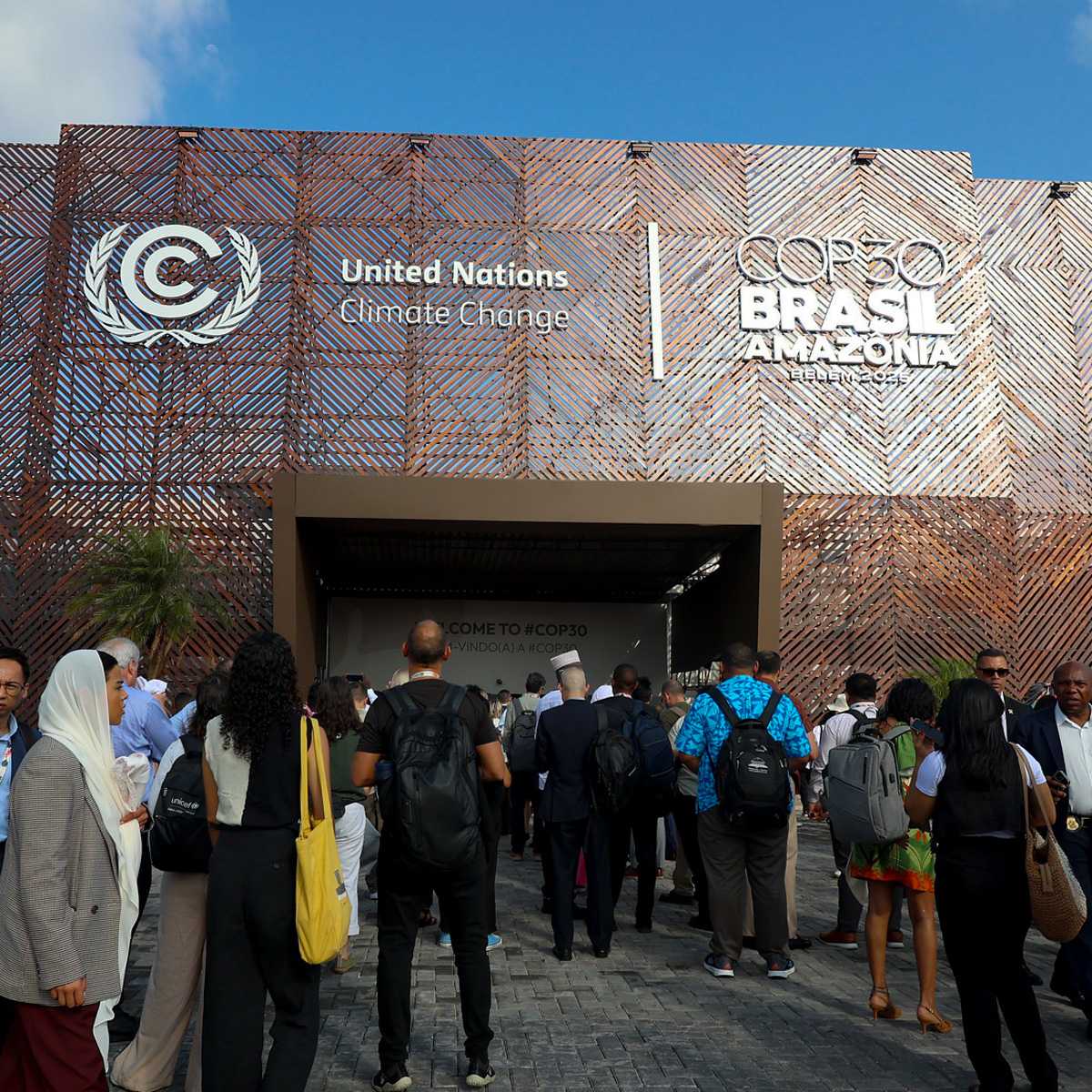

Australian Budget marks cautious start of a green industrialisation push, breaking Australia’s traditional embrace of the market-based economic model.
The Australian Budget—the current government’s third and most consequential—outlines AU$23 billion over 10 years in tax incentives, production subsidies and grants to kickstart clean energy and future-facing industries as the government responds to the U.S. Inflation Reduction Act, the European Green Deal and other reindustrialisation initiatives announced by allies over the past two years.
Although the package is modest compared with those of other economies, it is a greater gamble, not least because it comes up to two years later in a less complex, less diversified economy, with a diminishing manufacturing base and a heavy reliance on extractive industries for export income.
The “Future Made in Australia” plan is a pitch to global investors and companies to work with the government to deliver the green energy transition. A National Interest Framework will now be developed by the Federal Treasury to align incentives with government priorities.
Early indications suggest the Framework will prioritise sectors in which Australia will have enduring comparative advantage because of its low-cost solar and wind resources, its ability to make low-cost hydrogen and its plentiful supply of low-cost biomass needed for sustainable carbon.
With economic growth set to slow to historic lows, net debt and unemployment forecast to rise and inflation still beyond the central bank’s target band of two to three percent, the Australian government has a difficult task in funding cost of living relief now and investing in green industries to kickstart future growth.
Future Made in Australia Plan
Key industry incentives and subsidies:
- AU$8 billion over 15 years to incentivise commercial-scale production of green hydrogen, including through an AU$2 incentive per kilogram for up to 10 years.
- AU$3.2 billion over the next decade through the Australian Renewable Energy Agency to support the commercialisation of technologies, including green metals, batteries and low carbon liquid fuels.
- AU$7 billion for a Critical Minerals Production Tax Incentive, valued at 10 percent of relevant processing and refining costs for 31 critical minerals.
- AU$1.5 billion to strengthen battery and solar panel manufacturing via production subsidies for projects allocated on a competitive basis.
Initiatives to facilitate and fast-track clean energy and industry investment:
- Creating a new “front door” for investors in major, transformational investment proposals.
- AU$168.1 million to better prioritise approval decisions for renewable energy projects of national significance and support faster decisions on environment, cultural heritage and planning approvals.
- Establishing a sustainable finance strategy, taxonomy and best practice guidance for disclosure of net-zero transition plans.
- Fast-tracking certification (Guarantee of Origin) of emissions intensity across the supply chain of hydrogen, metals and fuels and working globally to establish in benchmarks for high-quality green energy products.
- Funding for market reform to better integrate consumer energy resources (rooftop solar and household batteries) into the grid.
- Enhancing the rigour and credibility of the Australian Carbon Credit Unit Scheme.
Education, Innovation and Human Capital Investments
The Budget also includes over AU$3 billion in student debt relief but also makes new investments in core skills and technologies to support the economic transformation including:
- Undertaking a strategic examination of Australia’s research and development system to grow R&D—as a percentage of GDP, Australian investment in R&D is half that of the United States.
- Establishment of the Australian Tertiary Education Commission (ATEC) to implement large-scale reforms to university funding, improve integration of higher education and Vocational Education and Training (VET) and strengthen teaching standards.
- AU$466.4 million for Australia and U.S.-based company, PsiQuantum to build a quantum computer.
- AU$566.1 million to map geological reserves of critical minerals and groundwater systems.
- AU$640 million for the development of the clean energy and defence industry workforce by upgrading training facilities, creating more teachers, trainers and apprenticeships and supporting workers in closing fossil fuel facilities.
However, the government is also set to cap enrolments of international students, Australia’s largest export industry after its extractive industries, which will create tensions for a sector reliant on those fees to balance their budgets. To exceed the new caps, 1,400 universities and colleges registered to teach overseas students will need to build additional student-specific housing.
Near-Term Cost of Living and Housing Relief
The Budget delivers tax cuts for each of Australia’s 13.6 million taxpayers, provides AU$300 in energy bill relief for every household, cuts college student debt and increases rent assistance for nearly 10 percent of all Australian households.
The energy and rent relief measures are expected to directly reduce inflation by half of a percentage point in 2024–25 but they are among measures that add to government spending by AU$20 billion over two years, with some local economists arguing these could nonetheless fuel inflation and keep interest rates higher for longer.
Despite the government insisting its broad-based energy rebates and rent assistance will help bring down inflation, local economists have argued the AU$20 billion increase in near-term spending risks stoking price pressures in the short and long term and fails to address the medium-term structural deficit.
In Summary
The Budget reflects the balanced intent of the government to craft an Australian response to the U.S. Inflation Reduction Act and deliver near term relief to households.
There are many wins for investors and companies including a new single front door to fast-track investment, a strong focus on skills and production tax credits for hydrogen and critical minerals projects. But structural reforms to drive productivity, investment as well as permitting and planning reforms are lacking.
The government is getting ready to head to a general election in less than a year. It will be under significant pressure to demonstrate tangible progress on its green economic transformation agenda as well as manage domestic inflation against a backdrop of global volatility.
Many of the new measures, however, will need 12-24 months of detailed policy consultation, a task made more challenging by a longstanding lack of expertise in industry policy design among Canberra-based officials.
This creates opportunities for engaged stakeholders to significantly influence the design of several flagship measures, including the new National Interest Framework and accompanying fund, the Solar Sunshot and Battery Breakthrough initiatives, the hydrogen and critical minerals production tax credits, sustainable finance strategy and setting green product benchmarks. Government agencies will rely on thoughtful contributions from global investors and companies to help them navigate competing demands credibly and safely to unlock funding.
Related Articles
Negotiating Power: China’s Approach to U.S. Relations Under Trump 2.0
November 11, 2025
COP30 Leader’s Summit Recap
November 10, 2025


